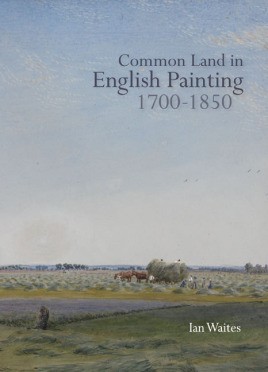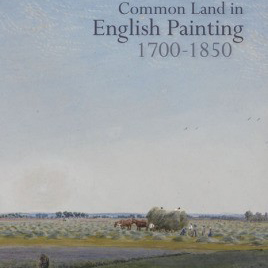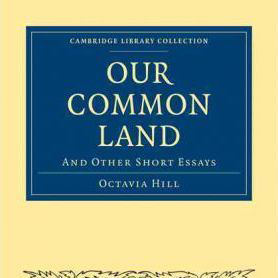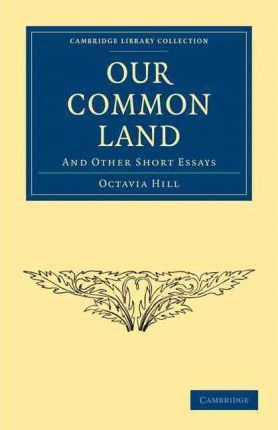Common Land in English Painting, 1700-1850
Ian Waites (Woodbridge: The Boydell Press, 2012)
Recommended by Catriona Paton
 Examining how artists such as Peter DeWint and John Constable depicted common land during the eighteenth and nineteenth centuries, Waites sketches a picture of a little-known, unenclosed landscape from England’s past. While enclosures had been impacting the countryside since the fifteenth century, this book charts a period of fast-paced parliamentary enclosure activity in the eighteenth and nineteenth centuries which transformed many remaining common field systems. Waites examines cultural artistic developments, such as the Picturesque, Naturalism and rural nostalgia, alongside socioeconomic debates surrounding parliamentary enclosures, including ideologies of improvement and the independence of the commoner. Studying the landscape art, literature and contemporary commentary of the period c.1700-1850, this book makes a strong case for the importance of common land in English landscape painting, wider culture and history.
Examining how artists such as Peter DeWint and John Constable depicted common land during the eighteenth and nineteenth centuries, Waites sketches a picture of a little-known, unenclosed landscape from England’s past. While enclosures had been impacting the countryside since the fifteenth century, this book charts a period of fast-paced parliamentary enclosure activity in the eighteenth and nineteenth centuries which transformed many remaining common field systems. Waites examines cultural artistic developments, such as the Picturesque, Naturalism and rural nostalgia, alongside socioeconomic debates surrounding parliamentary enclosures, including ideologies of improvement and the independence of the commoner. Studying the landscape art, literature and contemporary commentary of the period c.1700-1850, this book makes a strong case for the importance of common land in English landscape painting, wider culture and history.
David Cox, The Cross Roads, 1850, oil on panel, Birmingham Museums Trust
Image: public domain.

David Cox, The Cross Roads, oil on panel, 1850, Birmingham Museums and Art Galleries.
David Cox’s (1783-1859) atmospheric painting of an unspecified location is one of a number of artworks analysed by Waites in his chapter on English Naturalism. In a scene dominated by tempestuous sky and an unbounded expanse of apparently common land, figures and their animals trudge onwards into the wind guided by a time-worn signpost. As Waites highlights, Cox memorialised an open, common field landscape becoming increasingly rare with parliamentary enclosures during the eighteenth and nineteenth centuries.


 Octavia Hill was a housing reformer, active campaigner for open space preservation, and co-founder of the National Trust. This collection of Hill’s public-facing lectures and articles covers topics ranging from her principles on charity to commons preservation, largely stemming from her housing work in London’s poor neighbourhoods. In her papers on open spaces, Hill described how paths and commons were being closed to the public, just as people increasingly depended on open space in the context of a rising urban population. The collection captures a crucial period in the history of public access to green spaces, and can be read in the context of a broader open space preservation movement which led to the establishment of the National Trust in 1895.
Octavia Hill was a housing reformer, active campaigner for open space preservation, and co-founder of the National Trust. This collection of Hill’s public-facing lectures and articles covers topics ranging from her principles on charity to commons preservation, largely stemming from her housing work in London’s poor neighbourhoods. In her papers on open spaces, Hill described how paths and commons were being closed to the public, just as people increasingly depended on open space in the context of a rising urban population. The collection captures a crucial period in the history of public access to green spaces, and can be read in the context of a broader open space preservation movement which led to the establishment of the National Trust in 1895.